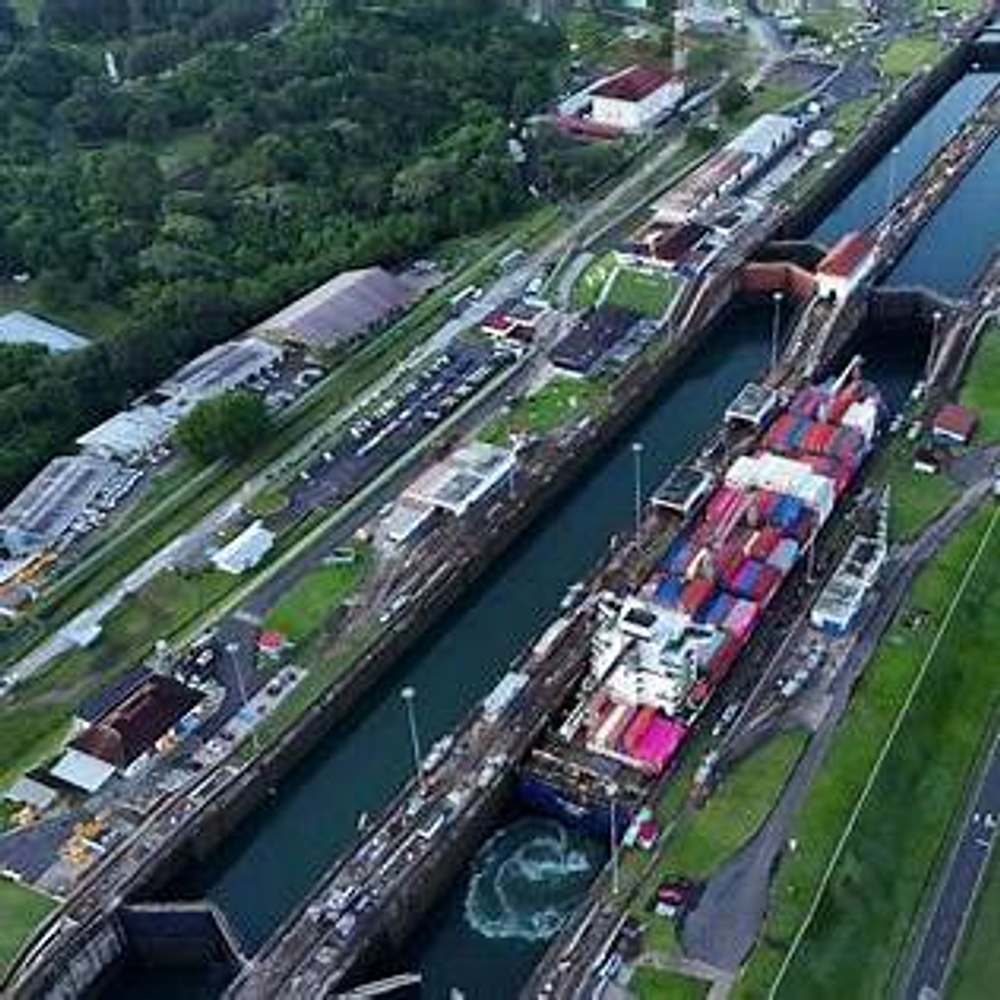Published
- 4 min read
US Strategic Interests in the Panama Canal Amid Chinese Influence

The Panama Canal: A Strategic Nexus of Global Trade
The Panama Canal is not merely a marvel of engineering but a vital artery of global commerce, bridging the Atlantic and Pacific Oceans. Its relevance is underscored by its efficiency for shipping routes, particularly between Asia and the Americas’ eastern seaboard. Navigating alternatives like Cape Horn or the Arctic carries significant economic and environmental burdens, cementing the canal’s irreplaceable role.
Yet, this critical passage is emerging as a focal point in US-China competition, with President-elect Donald Trump’s comments spotlighting transit fees and Beijing’s growing influence. The strategic ramifications for the United States are profound, with ripple effects on both hemispheric stability and global trade.
The Historical Context of US Involvement
The United States’ involvement in the Panama Canal dates back to the early 20th century when President Theodore Roosevelt orchestrated Panamanian independence to secure canal construction rights. The subsequent Hay-Bunau-Varilla Treaty granted the US control over the canal zone, a deal that sowed resentment among Panamanians who viewed it as an affront to their sovereignty.
This legacy of intervention shifted with the 1977 Torrijos-Carter Treaties, which transferred control to Panama by 2000 while ensuring the canal’s permanent neutrality. These treaties embodied a spirit of diplomacy, yet tensions remain over sovereignty and control, particularly as external powers like China increase their foothold.
Rising Chinese Influence in the Canal Zone
Chinese firms, such as Landbridge Group and CK Hutchison Holdings, now operate major ports at both ends of the canal. This economic presence extends beyond trade, raising concerns about dual-use infrastructure and the possibility of military leverage. These developments align with China’s broader Belt and Road Initiative, which seeks to expand its global influence through strategic investments.
China’s deepening ties in Latin America challenge the United States’ longstanding dominance in the region. While Washington remains Panama’s largest foreign investor, Beijing’s economic engagement offers an alternative that could alter Panama’s geopolitical alignments. The strategic question for the US is clear: Can Panama’s neutrality and alignment with US interests be sustained in the face of growing Chinese influence?
Economic Leverage and Transit Fees
Transit fees have become another flashpoint. Recent increases, partly driven by climate-related constraints on canal operations, have heightened tensions. These fees disproportionately impact US shipping, and Trump has criticized them as exorbitant. The 1977 treaty obliges Panama to maintain “just and reasonable” tariffs, yet interpretations of this standard vary.
For Washington, this economic friction is not merely about cost but about preserving influence in a critical trade corridor. Trump’s rhetoric underscores a willingness to leverage US economic clout to counter Chinese competition and influence fee structures.
Legal and Strategic Implications
The legal framework of the Torrijos-Carter Treaties offers a nuanced view of sovereignty and neutrality. While Panama controls the canal, the treaties impose obligations to ensure fair access and maintain neutrality. If Panama’s cooperation with Chinese firms undermines these principles, the US could invoke treaty violations to justify intervention.
Neutrality concerns are particularly acute given China’s potential for militarization in the region. The canal’s strategic value in US-China competition amplifies the stakes, with both powers vying for control over critical infrastructure.
Balancing Nationalism and Diplomacy
Trump’s rhetoric appeals to domestic nationalist sentiments while pressuring Panama to reconsider its economic and strategic choices. However, such rhetoric risks destabilizing US-Panama relations and undermining decades of diplomacy. Washington’s challenge is to navigate this situation with strategic precision, balancing the need to counter China while avoiding a return to interventionist policies.
The Path Forward for US Strategy
To safeguard its interests, the United States must pursue a multifaceted approach. Diplomatic engagement with Panama is essential, focusing on reinforcing treaty obligations and offering economic incentives that outmatch Chinese investments. Additionally, Washington should strengthen regional alliances to counterbalance Beijing’s influence.
Investing in sustainable solutions, such as addressing climate-related challenges that impact canal operations, could also bolster US-Panama cooperation. These measures would help stabilize hemispheric relations while securing the canal’s role in global trade.
Conclusion
The Panama Canal’s significance transcends its role as a trade route; it is a symbol of sovereignty, economic power, and geopolitical rivalry. The United States faces a complex challenge in addressing rising transit fees and Chinese influence without alienating Panama or destabilizing the region. By adopting a strategic and diplomatic approach, Washington can protect its interests while maintaining the canal’s neutrality and stability in an increasingly competitive global landscape.
